02 Mar
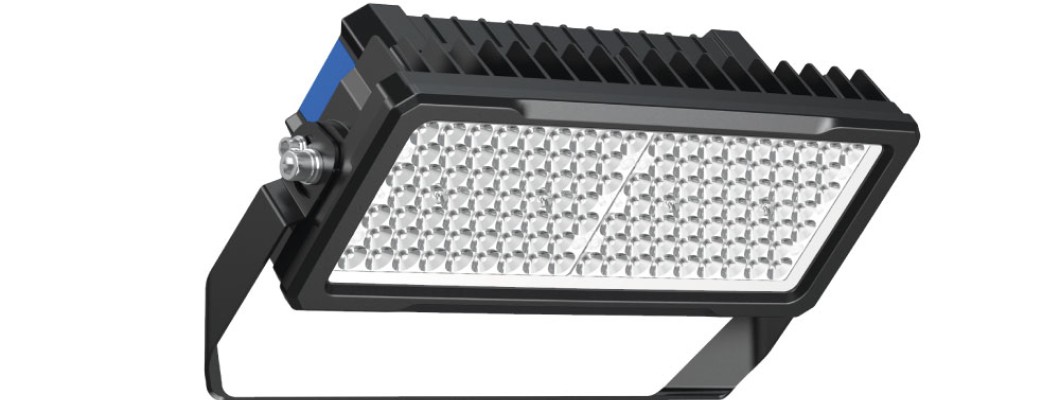

Lighting plays a crucial role in enhancing visibility, performance, and safety on padel courts. Proper illumination ensures that players can track the ball, anticipate movements, and react swiftly, especially during evening matches. High-quality lighting, such as sports pitch lighting or LED floodlights, also improves the viewing experience for spectators and enhances television broadcasts for tournaments. In this guide, we will explore why proper lighting is essential for padel courts, the standards for illumination, and the benefits of using LED Sports light solutions.
What is Padel and Why is it Getting More Popular in the UK?
Padel is a racquet sport that combines elements of tennis and squash, typically played in doubles on an enclosed court about one-third the size of a tennis court. The game is fast-paced and dynamic, incorporating walls into the play, which adds to its excitement. As the sport gains recognition and investment, its popularity is steadily rising in the UK. Several factors contribute to this growth, including the sport’s accessibility, as it is easy for beginners to learn while still offering challenges for experienced players. The increasing number of padel courts being built across the UK has made it more accessible, and high-profile athletes and celebrities have further boosted its visibility. Additionally, padel provides a great workout, improving agility, reflexes, and overall fitness, making it an appealing option for people looking to stay active.
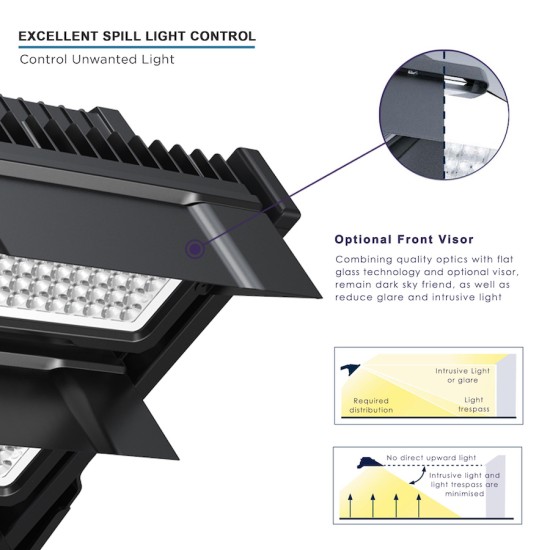
Importance of Proper Lighting
Why is Proper Lighting Important for Padel Courts?
Padel is a fast-paced sport that requires players to have excellent hand-eye coordination and quick reflexes. Poor lighting can hinder visibility, affecting player performance and increasing the risk of injuries. Adequate lighting helps in maintaining consistent game quality, reducing eye strain, and ensuring fairness in competitive play. Furthermore, well-lit courts provide a more enjoyable experience for recreational players and professionals alike.
Why Do Padel Courts Need High-Quality Lighting for Evening Play?
Evening play is common in padel, making high-quality lighting essential for several reasons:
Padel Court Lighting Requirements
What is a Padel Court?
A padel court is a rectangular playing area enclosed by glass or metal mesh walls. It measures 20 meters in length and 10 meters in width, with a net dividing the court into two halves. The court’s unique design, combined with the fast nature of the game, demands precise lighting to minimize shadows and ensure even illumination across the entire playing surface.
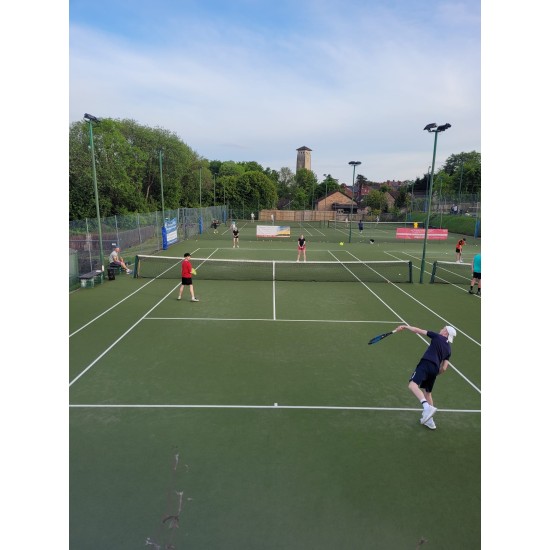
How Much Light Does a Padel Court Need?
The recommended lighting level for padel courts depends on the level of play:
What is the Ideal Height for Padel Court Lighting?
The ideal height for padel court lighting is 6-8 meters. This height ensures:
Lighting Setup and Technology
What is the Standard Lighting Setup for a Padel Court?
A standard lighting setup for a padel court often includes floodlights mounted on poles at strategic locations around the court. Additionally, lamp posts are commonly used for more consistent and even illumination. The goal is to achieve uniform lighting without creating harsh shadows or glare. Many setups use LED floodlights, which are energy-efficient and have minimal maintenance requirements.
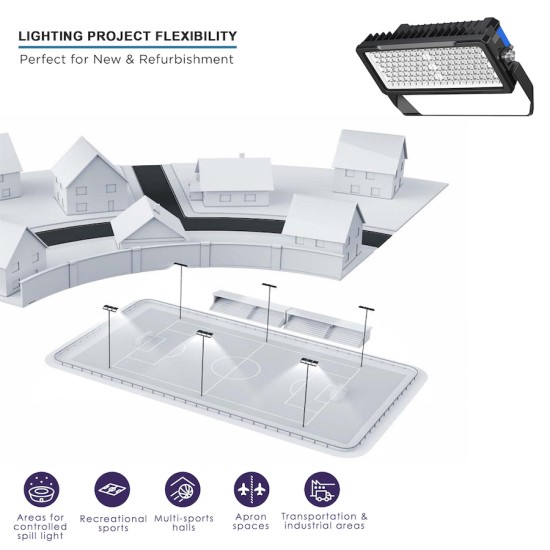
What are the Advantages of LED Lighting for Padel Courts?
LED lighting has become the preferred choice for padel courts due to several benefits:
Tournament and Professional Considerations
How Does LED Lighting Improve Padel Tournaments?
LED lighting enhances professional padel tournaments in several ways. It provides consistent brightness, ensuring that both players and spectators enjoy a clear and uninterrupted view of the game. The high-lumen LED sports lights also improve television broadcast quality, making matches appear sharp and vibrant on camera. Furthermore, proper lighting enhances the audience experience, whether fans are attending in person or watching live streams. In addition to these benefits, LED lighting contributes to cost-effective operations by reducing energy consumption and maintenance costs, allowing tournament organizers to optimize their budgets.
What are the Official LED Lighting Standards for Padel Courts?
Official padel court lighting standards are set by organizations such as the International Padel Federation (FIP). Key requirements include:
Economic and Environmental Benefits
Can LED Lighting Reduce Operating Costs for Padel Courts?
Yes, LED lighting significantly reduces operating costs in several ways. First, it lowers electricity bills since LEDs consume far less energy than traditional lighting. Second, it minimizes maintenance expenses because LEDs have longer lifespans, meaning they require fewer replacements. Lastly, smart LED systems come with automated controls, allowing for dimming and scheduling, which optimizes energy use and further reduces costs.
What are the Environmental Benefits of LED Padel Court Lighting?
Switching to LED lighting has significant environmental advantages:
Conclusion
Lighting is a critical aspect of padel court design, influencing gameplay, safety, and overall player experience. LED lighting stands out as the best solution, offering energy efficiency, cost savings, and superior illumination quality. Whether for recreational courts or professional tournaments, investing in high-quality lighting ensures an enjoyable and competitive environment for all players. By following official lighting standards and best practices, padel courts can provide optimal visibility, reduced glare, and improved sustainability. Sports pitch lighting ensures that both players and spectators enjoy a high-quality experience, from recreational games to professional tournaments.

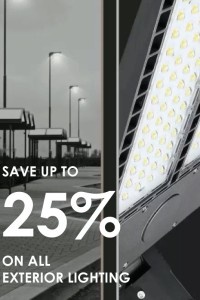
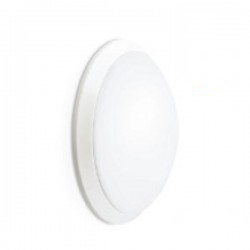
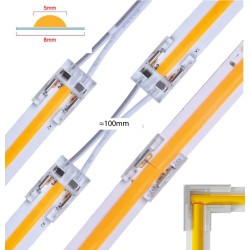
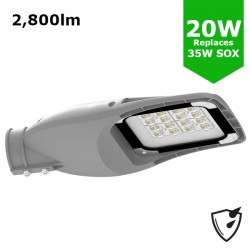
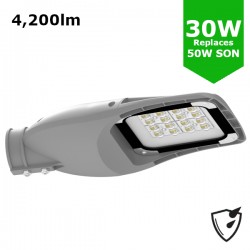
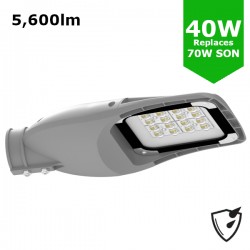
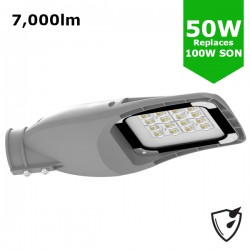
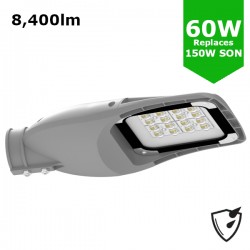
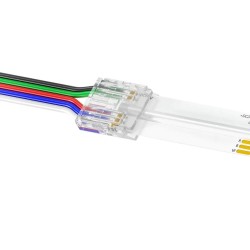

Leave a Comment